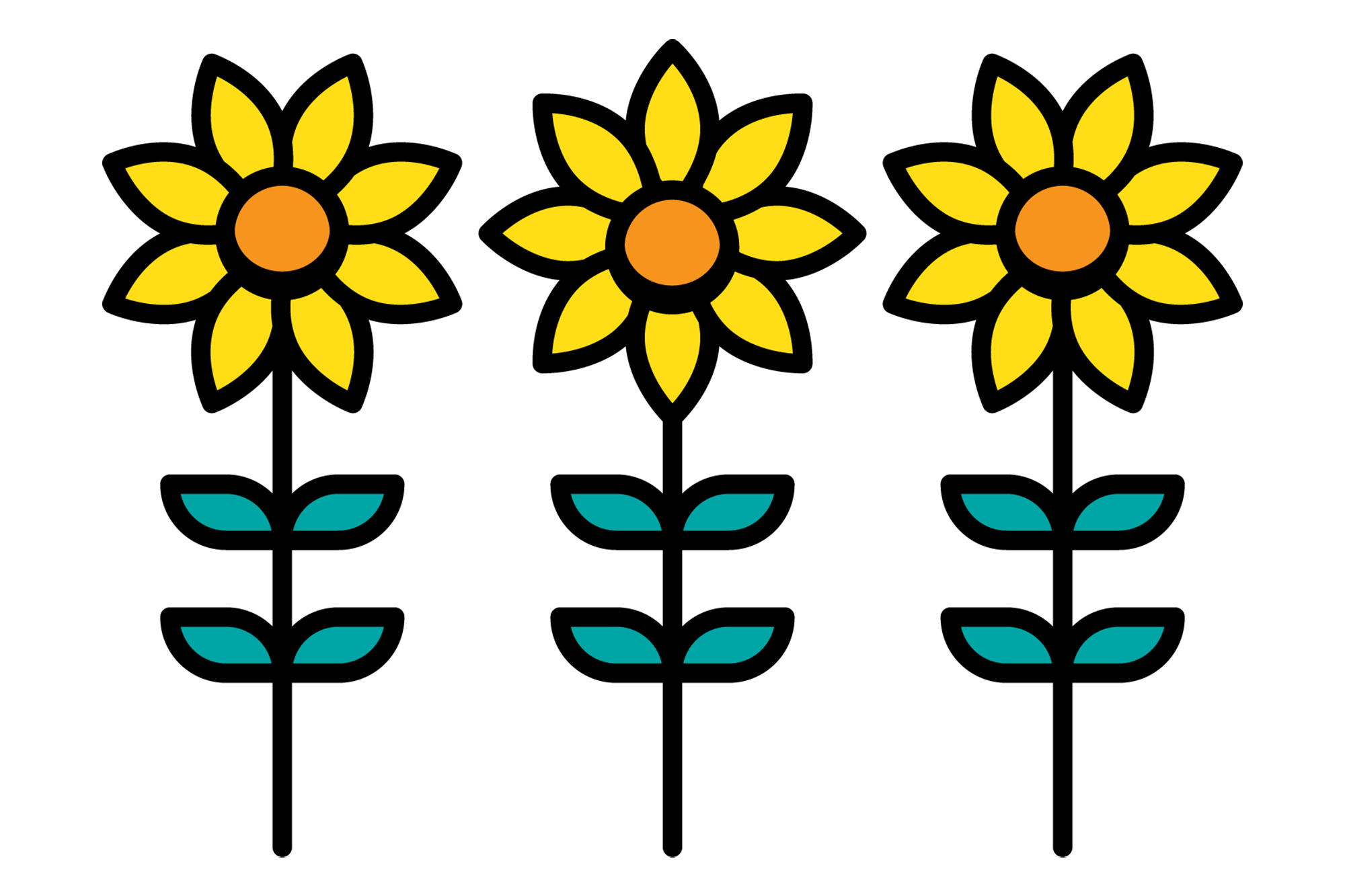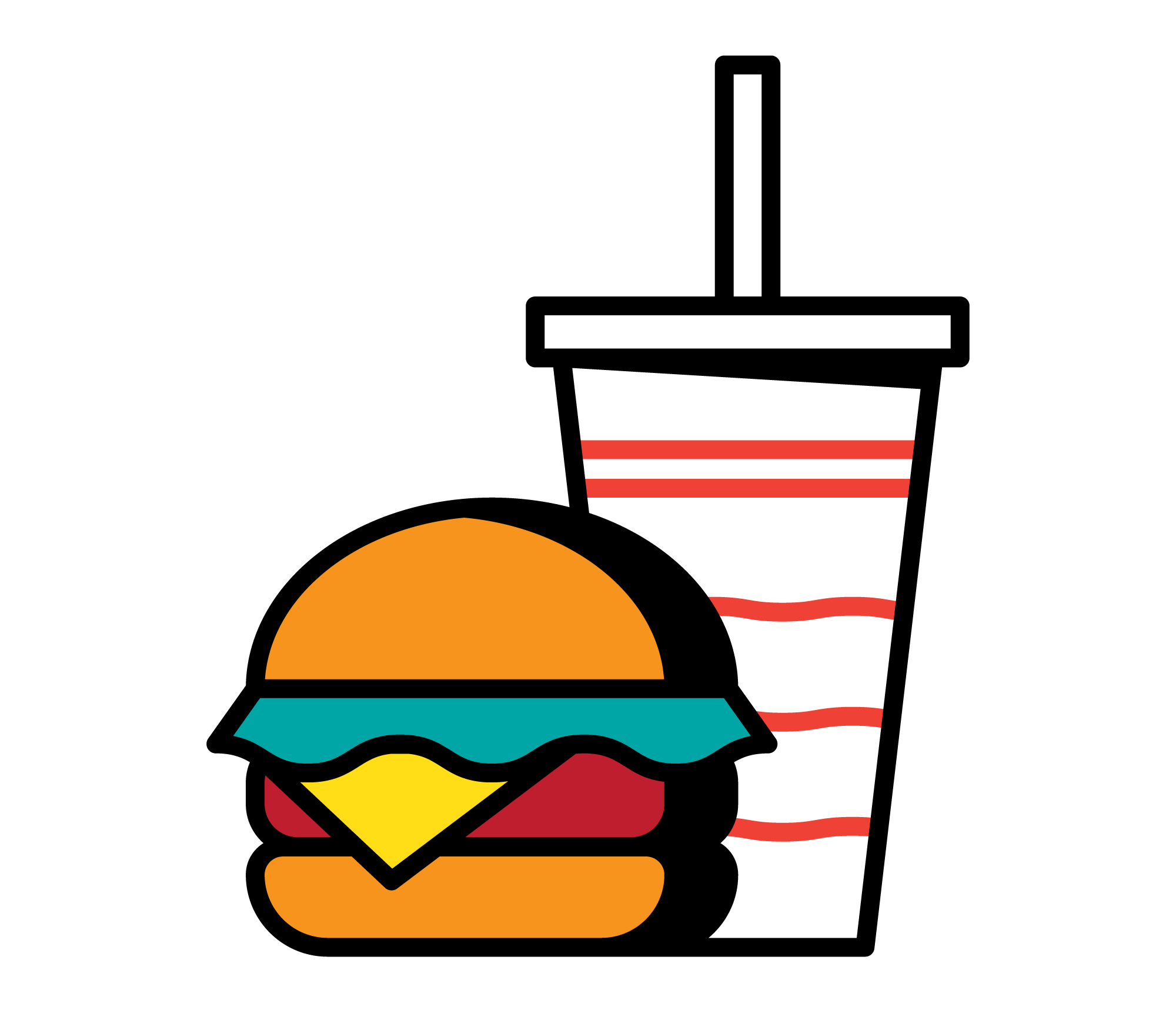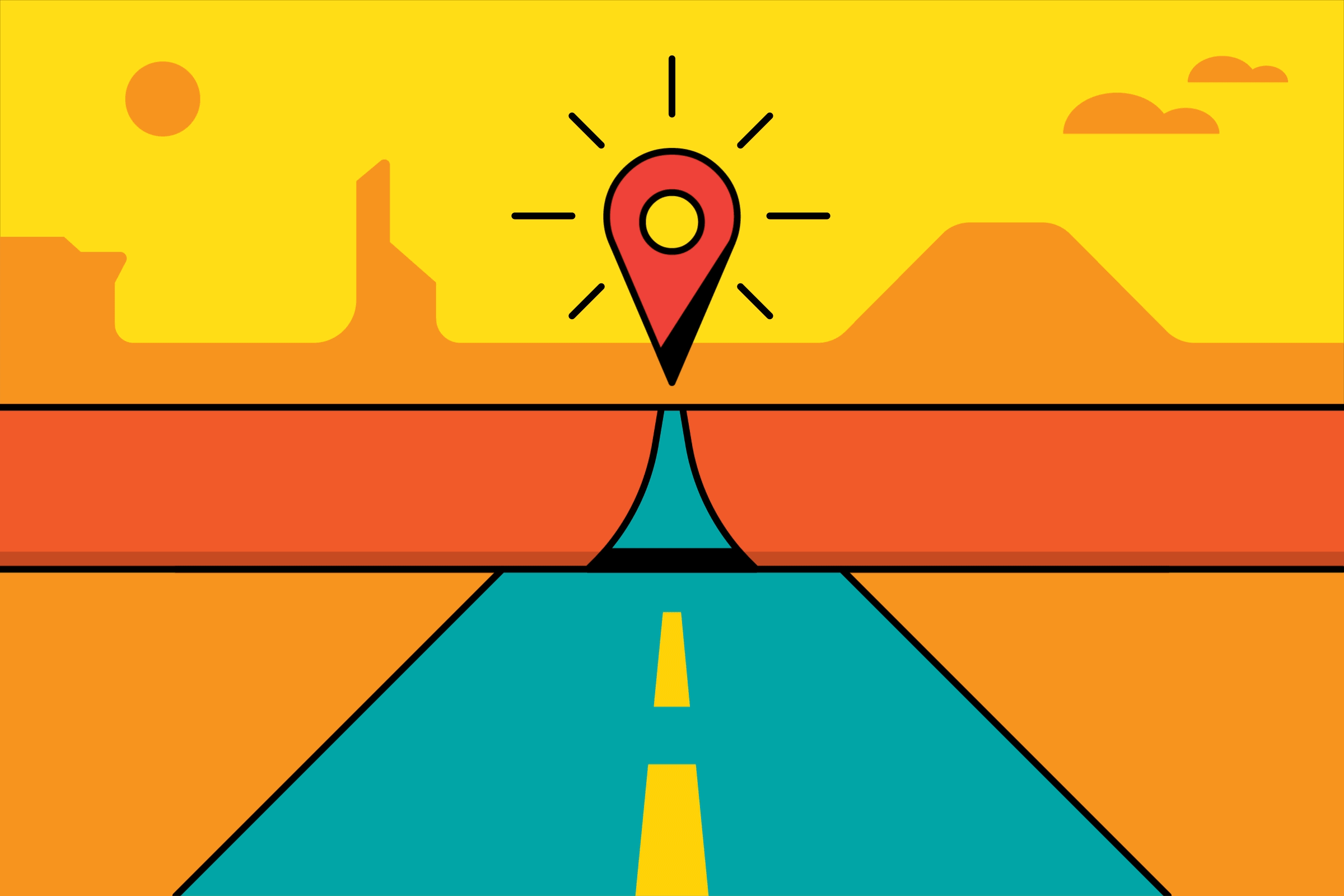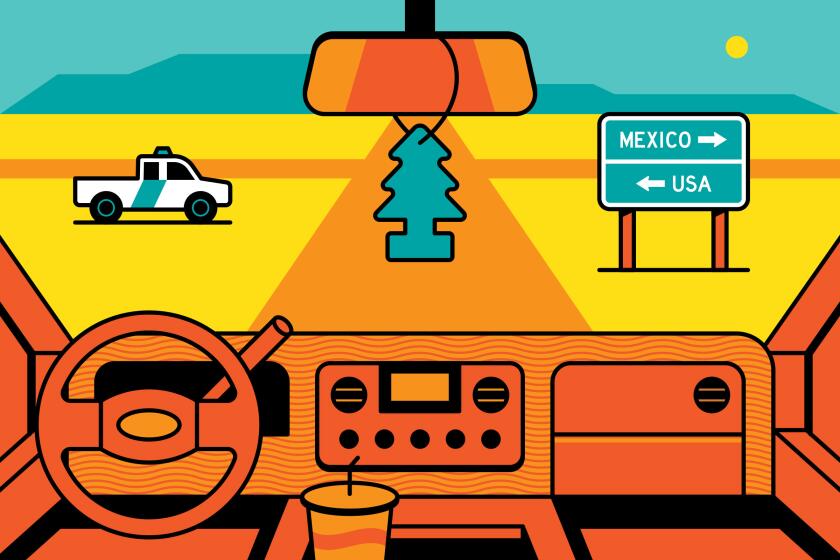- Share via
ON THE ROAD FROM DENVER TO LAS VEGAS — Name the iconic plants of the American Southwest — go!
Saguaro cacti in the Sonoran Desert, of course. New Mexico’s piñon and juniper trees — and chiles. The Joshua trees of the Mojave. All sorts of pines, shrubs and so much more in a region usually thought of as arid. All threatened by development and climate change.
Do you ever think about sunflowers?
I first noticed them while driving away from Antonito, Colo. They didn’t fan out across fields but clustered on roadsides, like the weeds that grow alongside Southern California freeways.
They grew along all the roads I took up to Interstate 25, continuing more sporadically through Pueblo and Colorado Springs before disappearing in Denver’s sprawl.
Sometimes, a single plant swayed with the wind of rushing cars. In the more rural stretches, the horizon looked like a real-life Yellow Brick Road.
When I left the Denver suburb of Golden on a Sunday morning for an 11-hour drive to Las Vegas, I cursed myself for not having picked any of them.
I do that a lot. I’m always in such a rush that I literally don’t stop to smell the flowers. Everyone I had met on my travels through the Southwest to talk with Latinos during this all-important election year — politicians, farmers, friends, strangers — was welcoming and had great stories to tell. But I usually had to depart after an hour and a half at most.
On a road trip, there’s never enough time. It’s always about what’s next. It’s the American way.
Anyone who says the journey is the best part, not the destination, could have been talking about the American Southwest.
The Mexican way is to stop and enjoy the journey. As an aunt recently said after scolding me for not visiting enough, the tortillas will eventually get made. The masa isn’t going away — but it will go bad if you neglect it.
A few miles west of Denver on Interstate 70, the sunflowers popped up again.
Helianthus petiolaris — the prairie sunflower. Each no wider than two inches. They were my cheery guides as I drove through the Arapaho National Forest, surrounded by too many dead trees.

They offered solace in Vail, where a sign announced that the fire danger was high, and past the burnt stumps of a recent brush fire near Rulison. In Parachute, I finally stopped to pick a sunflower and put it in a plastic cup filled with water from McDonald’s.
They lined the freeway through Grand Junction, all the way to the Utah border — and then they vanished.
The plant Mexicans most identify with is the prickly pear cactus. It’s on the Mexican flag, a golden eagle grasping a snake perched atop a nopal on an island — a reference to the Aztec legend of searching for a new home until encountering that exact scene. The plant is supposed to reflect our resilience, our prickliness, our ability to thrive under punishing conditions and give bounties of good to those who know how to treat us.
Seven days. Seven states. Nearly 3,000 miles. Gustavo Arellano talks to Latinos across the Southwest about their hopes, fears and dreams in this election year.
The Aztecs said they came from a land north of Mexico called Aztlán. Chicano activists cited the myth in the 1960s to declare the American Southwest their birthright. Fringe conservatives in the 1990s seized on Aztlán as proof that Mexican migration was really a plot by the Mexican government to take back former territories, in a plan called Reconquista.
Chicanos have largely dropped Aztlán as an aspirational legend, as the Latino population in the U.S. has diversified.
The right, meanwhile, is obsessed with a new anti-Latino conspiracy: the Great Replacement. Democrats, so the theory goes, are allowing people from across the world — but especially Latin America — into the U.S. to make whites a powerless minority. The El Paso gunman cited it in his manifesto. It’s as ridiculous as Reconquista — and it’s now mainstream.
I tried not to dwell on this sad development while I was on the road. So as I zipped through Utah, which some archaeologists think was the Aztecs’ original home because their language is related to that of the Utes, I thought again about sunflowers. I’ve always loved them. They’re called girasoles in Spanish. That translates as “turns to the sun.”
Maybe I needed more food in my system. Maybe being on the road for so long, with little rest, was making my mind drift. But somewhere along I-70, surrounded by stunning rock formations with sparse vegetation, that’s when I realized — Latinos are sunflowers.

Girasoles are native to the Americas and have spread across the globe. They range from tiny to mammoth, from a few to swaths. They are essential to ecosystems, and we use them for everything from seeds to oil to pollen to decoration. They are beautiful. They are hardy — any flower that grows next to a freeway ain’t no shrinking violet.
As I journeyed across the Southwest, I realized that the biggest difference between Latinos and other Americans is optimism. I think anyone who votes for Donald Trump is seriously misguided. But the Latinos I spoke to who don’t support him aren’t scared of the prospect of him in the White House either.
Latinos know things aren’t easy, never really were or will be — but we don’t sink into a doom spiral like too many gringos do. We still have faith in our communities, in ourselves. We’re all individual petals connected not to an idea of latinidad but to the one thing that ties us together: the United States.
I saw each of us on our own caminos — roads — that sometimes ran parallel, sometimes crossed, but all were headed in the same direction, toward the same destination: success in a country that doesn’t always care for us.
Around the Green River, I saw the sunflowers again. But the sky was no longer sunny, as it had been throughout my journey. It was now gray, with menacing clouds ahead.
Gales whipped around my tiny Nissan Versa by the time I reached the I-15, which would deliver me home in two days. A powerful monsoon started just south of Cedar City, Utah, rain so fierce that cars left their emergency lights on as they inched forward. My warning lights began to flash, prompting me to pull over.
The storm finally stopped, and I kept driving.
I saw my last sunflowers right at the Arizona-Utah border, dramatic cliffs giving way to the moonlike landscape of southern Nevada.
The heat was unbearable when I finally reached the Holiday Inn Express in Las Vegas, down the street from Allegiant Stadium. A huge Raiders flag flew nearby. Next door was an In-N-Out. Was I in Vegas or L.A.? I ordered my regular: Double double animal-style, chopped chiles, grilled onions, mustard, with a strawberry milkshake. As I always say, In-N-Out is overrated.

I realized that I had left my sunflower in the car and went to retrieve it. It was beginning to wilt, and the water around it was getting hot. I rushed it to my hotel room, held it up against the air conditioner, put it in a cup of cold water and hoped for the best.
When I travel, I always leave the TV on ESPN — not just because I love sports but because I want to block out my regular life. This time, I turned on MSNBC, because the Democratic National Convention was starting the following day.
Big mistake.
From Santa Ana to the U.S.-Mexico border and through the Southwest, the only visible reminders I saw of the presidential election were a water tower emblazoned with “Trump” east of Tucson and a Harris bumper sticker at a gift shop in Chimayó, N.M.
It was blissful talking people about their day-to-day lives instead of the Trump-centric election cycles that have consumed most of the last decade. It was also denying reality.
On MSNBC in this swing state, commercials said that Kamala Harris was tough on the border, that she was weak on the border, that this or that Nevada candidate did nothing for border security.
Arellano: The ‘Latino vote’ is a myth. My road trip through the Southwest tells a more complex story
What’s better than a road trip to show what I’ve known forever but that many Americans won’t consider: Latinos are as American as anyone else, if not more so.
I went to try my luck at the roulette tables. A Tesla truck drove down the Strip waving a giant “Trump 2024” flag. Tourists wore MAGA caps, daring libs to react. When I returned to my hotel room, MSNBC anchors continued to yap.
Back to ESPN.
When I woke up the next morning, I looked at my sunflower. It had bloomed back. The first seeds were beginning to form.
There’s a famous saying in progressive circles: When they buried us, they didn’t know we were seeds.
That’s Latinos in the United States. Long may we bloom.

More to Read
Sign up for Essential California
The most important California stories and recommendations in your inbox every morning.
You may occasionally receive promotional content from the Los Angeles Times.
















